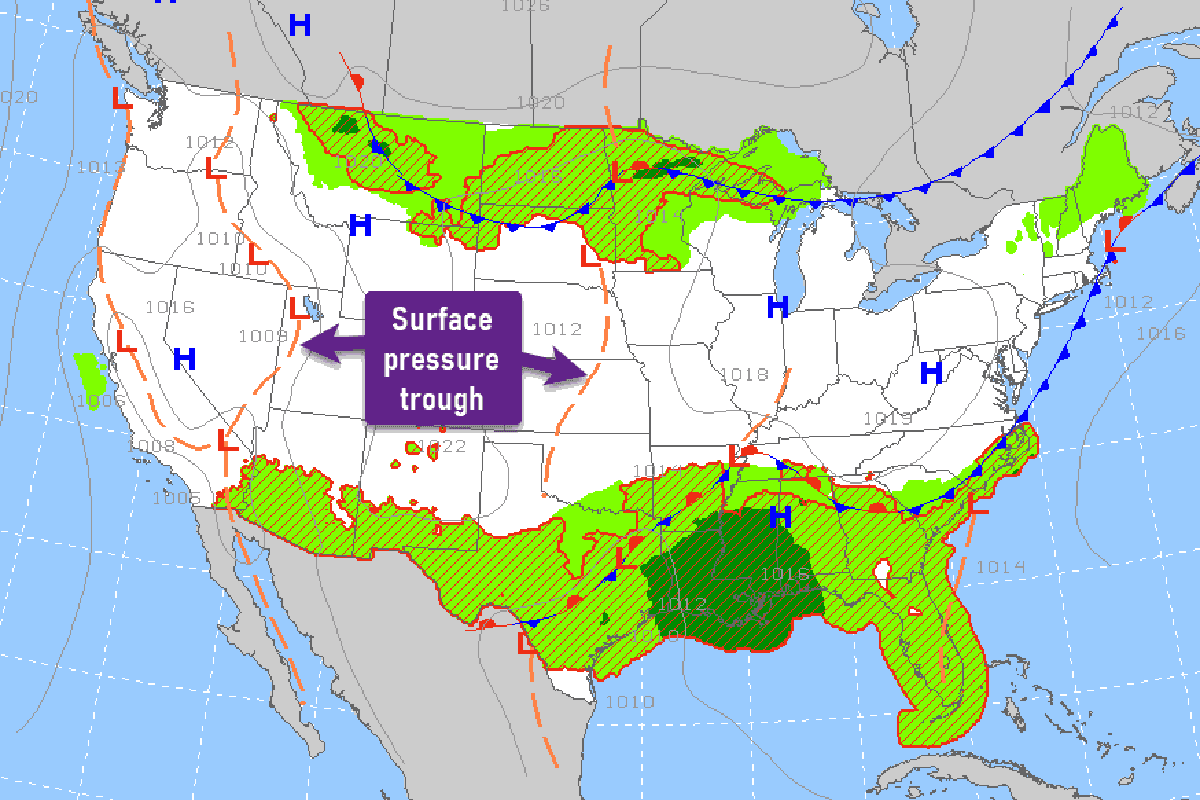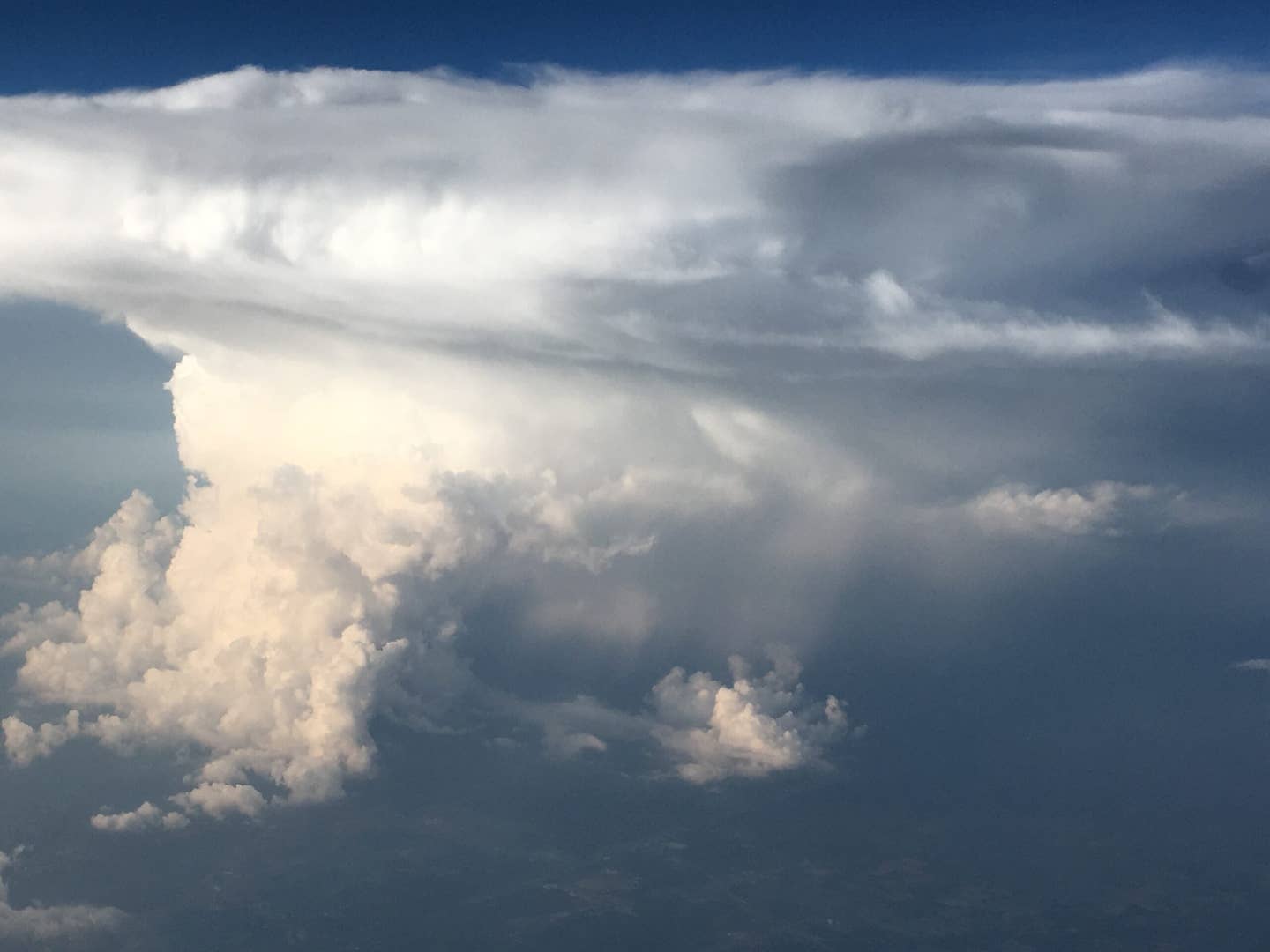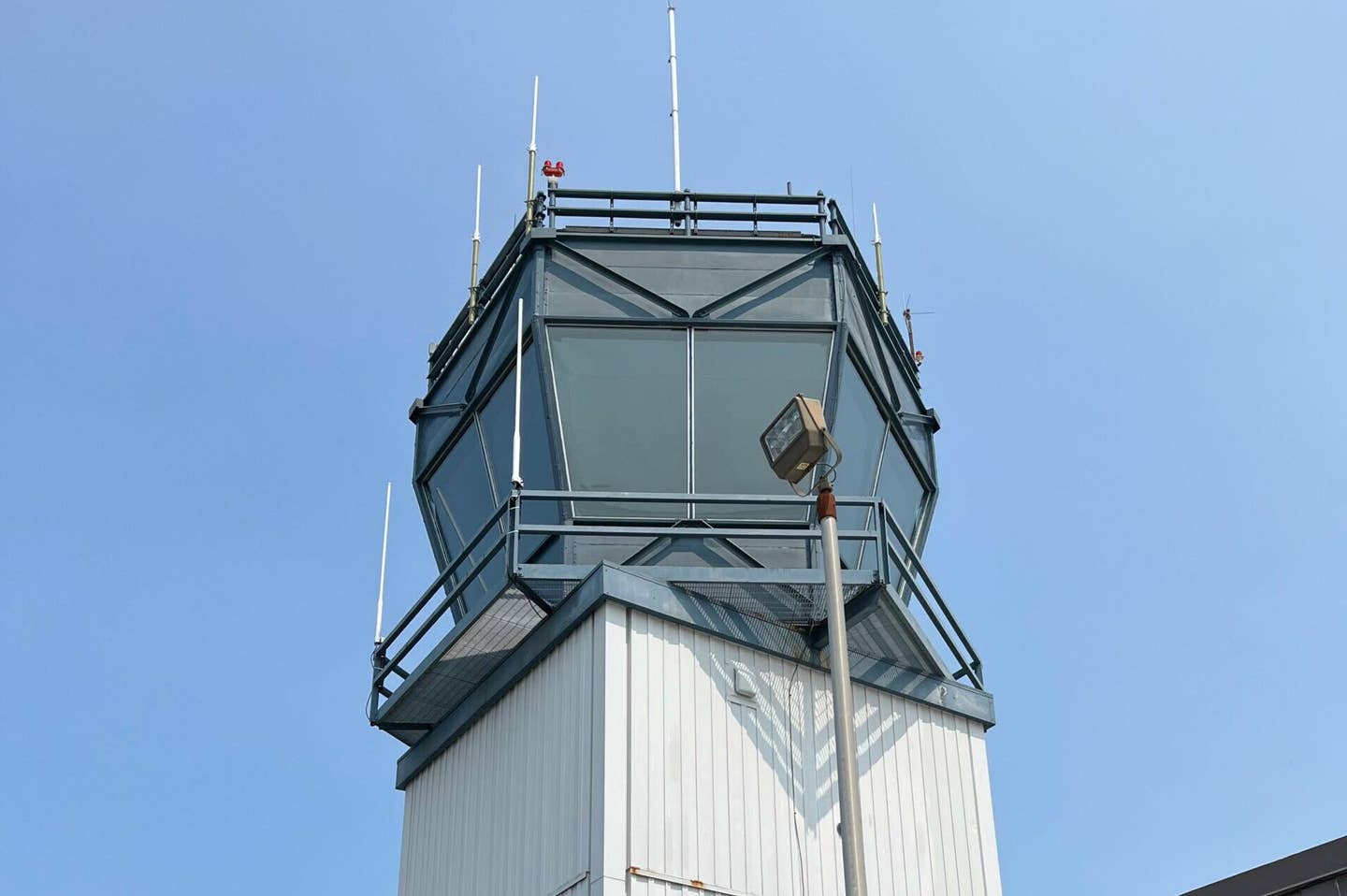How Should I Use the Location of Troughs Information in Flight Planning?
An aviation meteorologist explains why troughs are important enough to depict on prog charts.

PROG charts on the aviationweather.gov site depict a dotted yellow line shown as “troughs.” [Courtesy: aviationweather.gov]
Q: The PROG charts on the aviationweather.gov site depict a dotted yellow line shown as "troughs." The location is seemingly random and sometimes between two closely positioned high pressure areas with no forecast precipitation and doubtful significant weather at those spots. Can you explain why this is important enough to depict on the PROG charts? How should I use the location of troughs information in my flight planning?
A: Before every flight, pilots should become familiar with the latest surface analysis and PROG charts to identify the major weather systems that are expected to affect the conterminous U.S. and southern Canada. These charts are made available on the aviationweather.gov and wpc.ncep.noaa.gov websites and depict an isobaric analysis—or forecast of pressure (in millibars) adjusted to mean sea level—that includes a few familiar features such as high and low pressure centers, as well as the location and type of surface frontal zones. They also may include a few unfamiliar features such as drylines, squall lines, convective outflow boundaries, intermediate isobars, and what are referred to as surface pressure troughs.
In general terms, a trough is simply an elongated area of low pressure with no distinct low-level pressure center. A trough is an axis (line) that defines both a wind shift and pressure change like a frontal zone.
In fact, a front is an example of a surface pressure trough. From a surface pressure perspective, if a trough is headed your way, you will see the pressure begin to fall as the trough approaches and then as the center of the trough passes by you, the pressure will begin to increase. This is like what you see with a frontal passage. As such, all surface pressure troughs represent an area of surface convergence.
Outside of the influence of local terrain, surface winds usually shift or flow counter-clockwise or cyclonically through it like a front. Essentially, winds flow down into the trough and converge at the point of the lowest pressure within the trough. Think about digging a V-shaped trough in your backyard to route rainwater off your property. If you pour water on each side of the trough you just dug, it will flow down into the trough and the water converges in the center.
Unlike frontal systems, surface pressure troughs depicted as an orange dashed line on the surface analysis and PROG charts issued by the Weather Prediction Center do not separate air masses. Consequently, most surface troughs do not have "weather" associated with them in the form of clouds and precipitation. Most lee-side troughs found downwind of a major mountain range are often cloudless, and thermal troughs forming over land during the day as a result of diurnal heating may only be found by a careful isobaric analysis. If the air is relatively dry and/or stable, little significant weather will be associated with a surface pressure trough. These are common to see in the central valleys of California, in the desert Southwest and on the lee side of the Rocky Mountains and Appalachians.
There's an important distinction here. As just mentioned, a trough is an elongated area of low pressure with no distinct low-level center. So, a trough has no real center of circulation and will typically not have any upper-level support mechanism associated with it. In other words, it's a kink or wrinkle in the pressure field near the surface that could contribute to a non-frontal "change line" or wind shift line.
Don’t completely discount their potential to produce adverse weather; if there's plenty of moisture and if there's available instability, these troughs can be the catalyst for convection, especially if the trough is moving out ahead of a frontal system.
A good summary would be that a surface pressure trough is generally associated with a wind shift—but one with little or no temperature or moisture differences across it like you might see with a front. Usually, there will not be any significant weather associated with these non-frontal troughs. Once you climb out of the planetary boundary layer to cruise altitude, you probably won't see much of an influence from a surface pressure trough.
You may also see other features shown on the surface analysis or PROG chart that have a symbology like a trough. These include squall lines, convective outflow boundaries, and intermediate isobars.
On most surface analysis charts, it is customary to draw lines of constant pressure, known as isobars, at four-millibar intervals using a solid line. However, when the pressure gradient is weak, a meteorologist will often include intermediate isobars every one or two millibars. These intermediate isobars are dashed and closely resemble the symbol used to denote a surface pressure trough. The intermediate isobars use a dashed line to allow for quick recognition so that the pressure gradient doesn’t artificially appear excessive. As a result, the usage of intermediate isobars is left to the meteorologist's discretion based on the pattern and value added to the surface analysis.
In addition to the surface pressure troughs, you may see those same orange dashed lines on the latest surface analysis chart that are used to depict convective outflow boundaries. Just to note, these outflow boundaries are not depicted on the surface PROG charts. Unfortunately, these look remarkably like the surface pressure troughs described above. To tell the difference, meteorologists add a note OUTFLOW BNDRY in proximity to the outflow boundary.
Convective outflow is the “exhaust” of deep, moist convection or thunderstorms as cold, dense air exits the base of the convection and moves outward in all directions, like pouring pancake batter on a griddle. The edge of this outflow or gust front, is like a mesoscale cold front that can lay around long after the convection has subsided and may be the focal point of the next day’s round of convection.
Do you have a question about aviation that’s been bugging you? Ask us anything you’ve ever wanted to know about aviation. Our experts in general aviation, training, aircraft, avionics, and more may attempt to answer your question in a future article.

Subscribe to Our Newsletter
Get the latest FLYING stories delivered directly to your inbox






